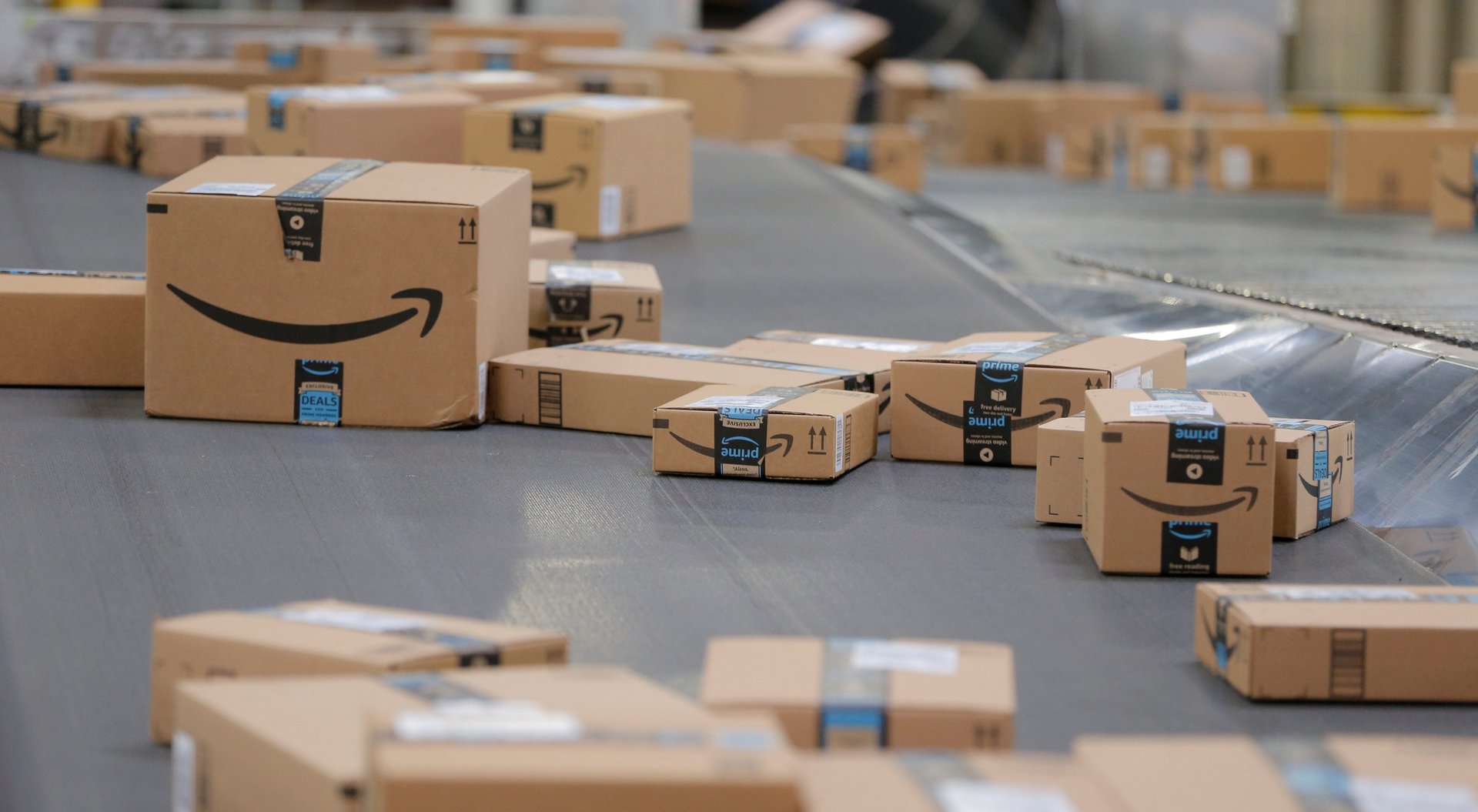Amazon is so good at keeping prices low, it’s changed how economists think about inflation
Beginning in 2012, the stuff Americans buy was supposed to get about 2% more expensive every year, according to inflation targets set by the Federal Reserve.


Beginning in 2012, the stuff Americans buy was supposed to get about 2% more expensive every year, according to inflation targets set by the Federal Reserve.
But that didn’t really happen. Despite the best efforts of the Fed, the maker of US monetary policy, inflation was well below 2% from 2013 to 2016. Stuff just wasn’t getting more expensive like it should have.
Kevin Kliesen, an economist at the Federal Reserve Bank of St. Louis, thinks Amazon might be to blame.
At a recent conference at the St. Louis Fed, Kliesen presented research suggesting Amazon and other online retailers have limited inflation by keeping prices low. They do this in two ways. First, by selling products cheaply, thanks largely to automated and highly efficient warehouses that help them cut costs. Second, by forcing more traditional retailers to keep their prices low to stand a chance at competing.
There’s a name for this inflation-depressing phenomenon: the “Amazon effect.”
To make his point, Kliesen showed how persistently low inflation has correlated with two other trends: e-commerce taking a bigger slice of retail sales, and e-commerce prices getting cheaper. (E-commerce prices here are tracked using a price index from the Bureau of Economic Analysis that examines goods purchased through “electronic shopping and mail-order houses.”)
Low prices have been central to Amazon’s business philosophy since day one. Amazon started out by driving down the cost of books (first physical, then digital) and has since expanded into all sorts of consumer merchandise and services, from electronics to groceries to auto parts. Just today (Nov. 29), Amazon declared Cyber Monday 2017 the “single biggest shopping day” in company history, bolstered by its usual online deals plus deep discounts on turkeys at Whole Foods for Amazon Prime members.
That, of course, is the paradox of the Amazon effect. What might frustrate Federal Reserve economists watching over inflation is still a boon to US consumers, who have flocked to Amazon and comparable e-commerce sites in droves. Sure, moderate inflation is healthy for the economy, and a robust retail sector is probably better than one that’s been hollowed out. But as a practical matter, no one wants to pay more for their stuff.